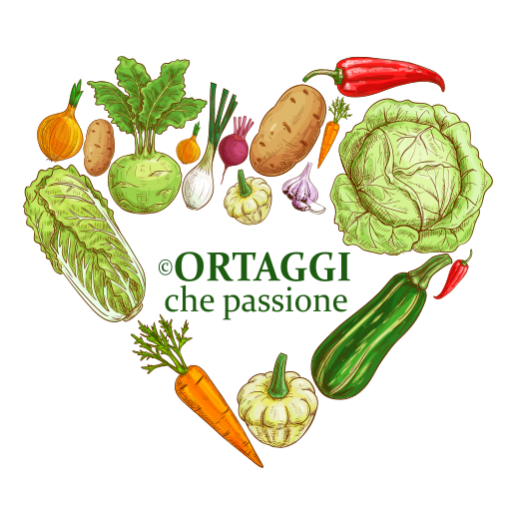Pumpkin and potato cream is a classic from Grandma Benedetta. The easy and quick recipe for this simple cream is from the book “Il Cucchiaio d’Argento” (gratinated pumpkin cream), slightly reworking the ingredients. For the light version, I recommend this recipe.
PUMPKIN SEASON – it begins to be harvested at the end of August and the harvesting continues until the beginning of winter. After the autumn harvest, they can be stored for months, depending on the variety, away from direct sunlight and in a dry environment.
PUMPKIN RECIPES
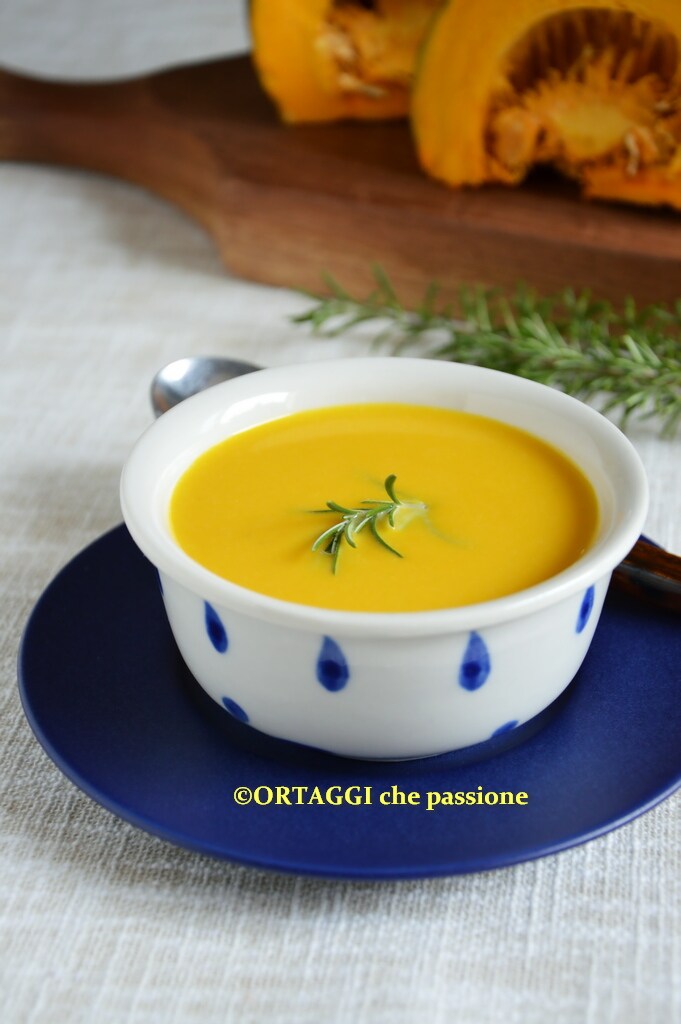
- Difficulty: Easy
- Cost: Economical
- Preparation time: 15 Minutes
- Portions: 6People
- Cooking methods: Stovetop
- Cuisine: Zuppe, Minestre e Vellutate
- Seasonality: Autumn, Winter
- Energy 112.75 (Kcal)
- Carbohydrates 18.09 (g) of which sugars 6.63 (g)
- Proteins 4.62 (g)
- Fat 3.13 (g) of which saturated 1.95 (g)of which unsaturated 1.13 (g)
- Fibers 1.47 (g)
- Sodium 330.21 (mg)
Indicative values for a portion of 295 g processed in an automated way starting from the nutritional information available on the CREA* and FoodData Central** databases. It is not food and / or nutritional advice.
* CREATES Food and Nutrition Research Center: https://www.crea.gov.it/alimenti-e-nutrizione https://www.alimentinutrizione.it ** U.S. Department of Agriculture, Agricultural Research Service. FoodData Central, 2019. https://fdc.nal.usda.gov
Pumpkin and Potato Cream
- 18 oz pumpkin (any type is fine)
- 10 oz potatoes (3 medium potatoes)
- 2 cups milk (plant-based for vegans or lactose intolerant)
- 2 cups water (for a lighter cream, use more water instead of milk)
- to taste coarse salt
- 2 leaves sage (or a sprig of rosemary)
Read the nutritionist’s opinion at the bottom.
Tools
- Cutting Board
- Knife sharp smooth blade
- Saucepan tall with lid
- Immersion Blender
Pumpkin and Potato Cream
Cut the pumpkin in half, remove the seeds and inner fibers. Cut the flesh into roughly equal-sized pieces. Remove the skin.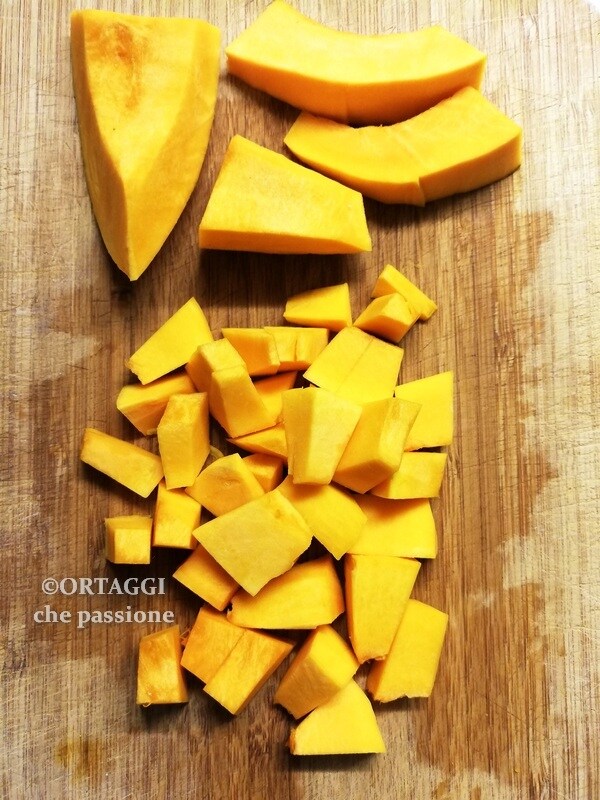
Peel the potatoes and quickly rinse them under running water, then cut them into uniform pieces.
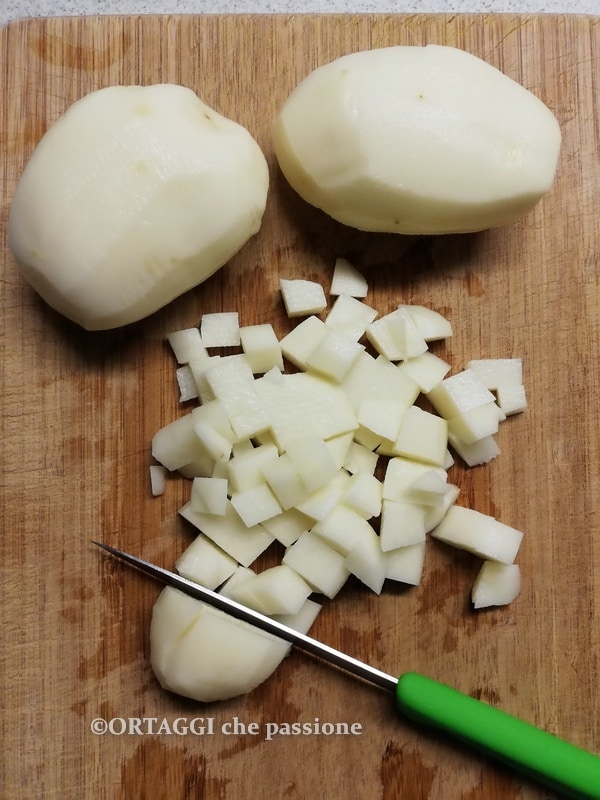
In a tall pan, pour in the milk and water. Add the diced potatoes and pumpkin, sage, and coarse salt. Bring to a boil, then reduce the heat and continue cooking over medium heat for about 20 minutes or until the vegetables are soft (the larger the pieces, the longer they will take), stirring as needed.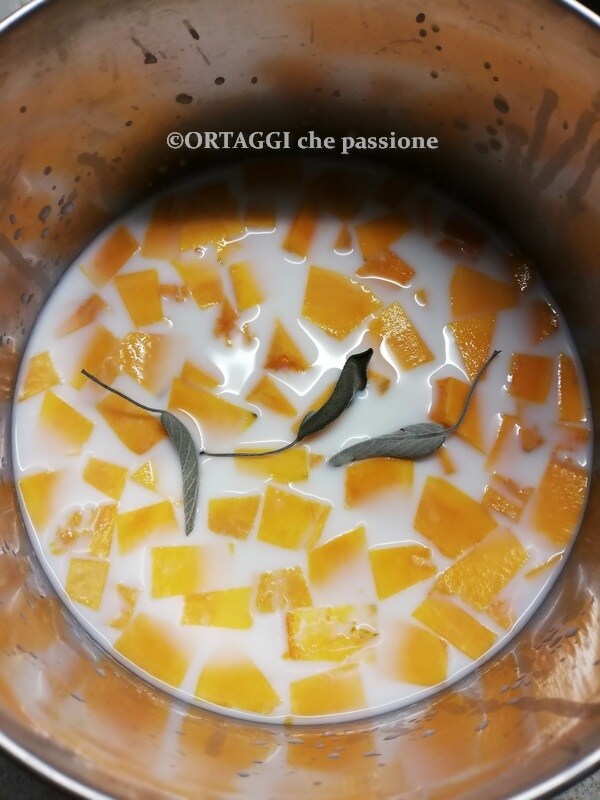
Once ready, remove the sage and blend with an immersion blender.
Adjust the soup with salt and optionally add some plant-based cream to make it creamier. Cook for a few more minutes until the desired thickness is reached.
If desired, serve and sprinkle with freshly ground pepper.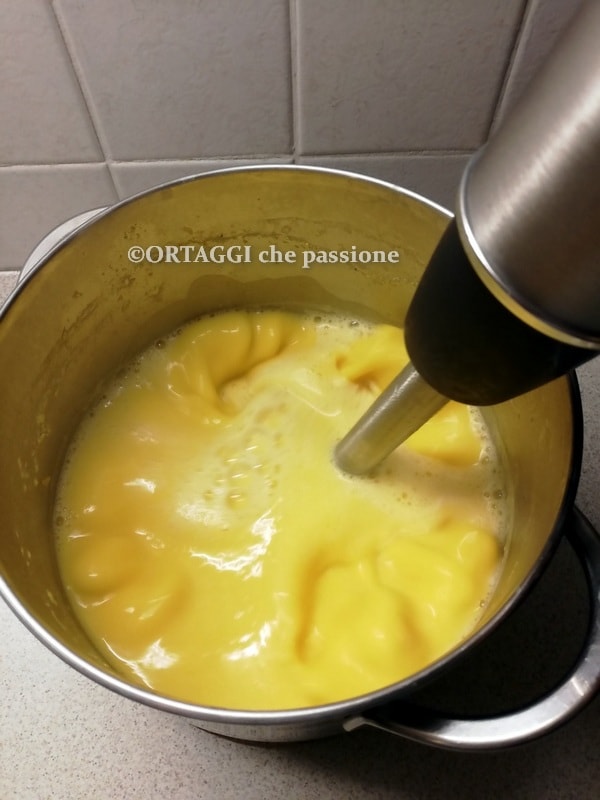
STORING the Pumpkin Cream
It can be stored in the refrigerator and should be consumed within 4 days to maintain its freshness and flavor. To store it longer, freeze it in portions (leave space for expansion during freezing). Thaw the pumpkin cream in the refrigerator before reheating and serving it again.
FAQ
How to make the creamier soup?
To achieve a creamier soup, add cream or spreadable cheese at the end of the preparation. Or increase the amount of milk, replacing the water. This will give a silky texture and a richer flavor to the pumpkin cream.
How to thicken pumpkin cream?
To thicken the pumpkin cream, use flour, mix a small amount of flour with water until a lump-free batter is obtained. Gradually add this batter to the soup while cooking, continuing to stir to avoid lumps.
What to eat with pumpkin cream?
Pair the pumpkin cream with toasted bread croutons, nutritional yeast flakes (or grated cheese) or a drizzle of raw olive oil. For a crunchy touch, add toasted pumpkin seeds and a sprinkle of nutmeg to the plate. The combination with pre-cooked chestnuts is delicious: they can be added during cooking or crumbled on top in the dish. Alternatively, serve with a sweet note of maple syrup and/or a sprinkle of cinnamon. If liquid, it can be used as broth and pasta can be added.
BENEFITS of Pumpkin Cream (Soup)
Nutritionist Leslye Pario says:
 Pumpkin Cream Soup: Ideal even for Reflux.
Pumpkin Cream Soup: Ideal even for Reflux. Pumpkin cream soup is one of the most tolerated recipes even by those suffering from gastroesophageal reflux.
Pumpkin cream soup is one of the most tolerated recipes even by those suffering from gastroesophageal reflux. This is due to several factors:
This is due to several factors: Ease of Digestion: Pumpkin is easily digestible, making it suitable for those with sensitive stomachs. Its high water content also makes it light and refreshing.
Ease of Digestion: Pumpkin is easily digestible, making it suitable for those with sensitive stomachs. Its high water content also makes it light and refreshing. Low Acidity: Pumpkin is a food with a neutral pH, which does not irritate the stomach and does not contribute to acidity, a typical characteristic of foods that trigger reflux.
Low Acidity: Pumpkin is a food with a neutral pH, which does not irritate the stomach and does not contribute to acidity, a typical characteristic of foods that trigger reflux. Creamy Consistency: The soup has a soft consistency that facilitates digestion and reduces the risk of esophageal irritation. Moreover, using plant-based milk instead of cow’s milk makes it even gentler on the digestive system.
Creamy Consistency: The soup has a soft consistency that facilitates digestion and reduces the risk of esophageal irritation. Moreover, using plant-based milk instead of cow’s milk makes it even gentler on the digestive system. Without Irritating Seasonings: In this recipe, the use of herbs such as rosemary or sage, although aromatic, are much more tolerable than spicy seasonings or fatty foods that usually worsen reflux.
Without Irritating Seasonings: In this recipe, the use of herbs such as rosemary or sage, although aromatic, are much more tolerable than spicy seasonings or fatty foods that usually worsen reflux. Thanks to these advantages, pumpkin cream soup represents an excellent choice for those looking for a nutritious yet gentle meal for the stomach and those who want to take advantage of this seasonal vegetable.
Thanks to these advantages, pumpkin cream soup represents an excellent choice for those looking for a nutritious yet gentle meal for the stomach and those who want to take advantage of this seasonal vegetable.

